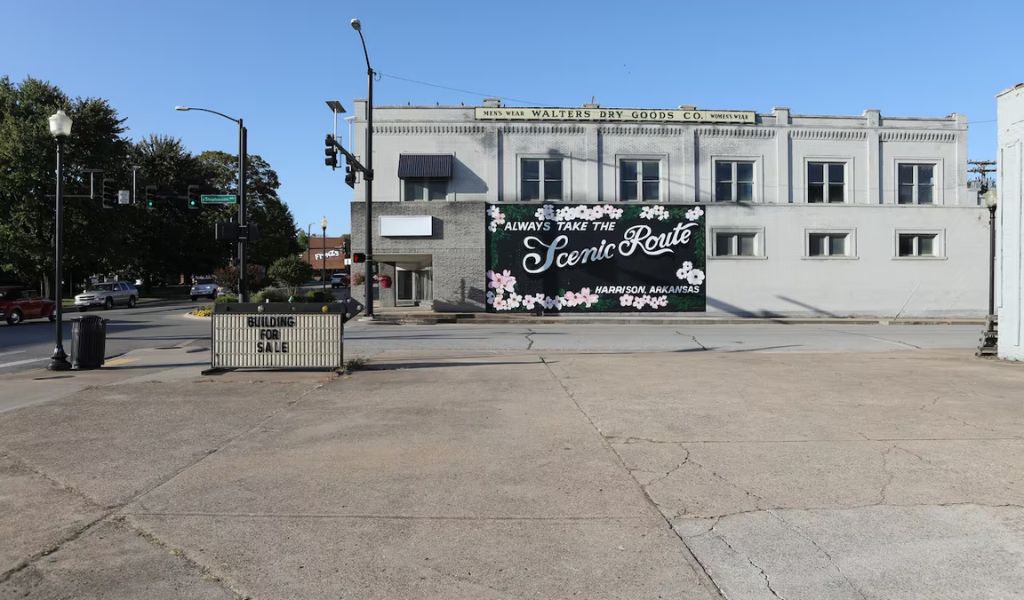Although New Mexico has a rich and varied cultural history, it has social and economic difficulties similar to those faced by many other states, most notably the widespread problem of racism that affects many groups and individuals. While racism can appear anywhere, some communities have been identified as having higher levels of racial conflict due to numerous circumstances and signs. One such city is Española, a small city in Rio Arriba County that is located 25 miles north of Santa Fe.
In a recent analysis, the financial news and opinion website 24/7 Wall St. named Española the least attractive city in New Mexico to live in. The high rates of racial inequality and discrimination in the city are among the contributing causes to this categorization.
What Caused Española to Earn the Title of New Mexico’s Most Racist City?
Using information from the FBI, the Centers for Disease Control and Prevention, and the Census Bureau, 24/7 Wall St. developed a composite score that included quality of life, community, and economic factors for U.S. areas with a population of more than 8,000 people. The poverty rate, median home value, median household income, drug-induced mortality, violent crime rate, level of education attained, health insurance coverage, and conveniences accessible were all included in this set of statistics.
According to the report, Española had a poverty rate of 19.9%, which was higher than the state average of 18.3%, and a median house value of $165,600, which was less than the $184,800 state average. Furthermore, Española’s median household income of $42,611 was less than the state average of $54,020. In addition, the city reported a drug-related fatality rate of 100.3 per 100,000 people, which is more than twice the state average of 40.5 per 100,000 people.
The study emphasized Española’s sizeable Hispanic population, which makes up 82.6% of the overall population as opposed to the state’s 49.1%. On the other hand, it claimed that there were significant racial disparities and discrimination against Hispanic people in Española with regard to income, education, health, and safety. For example, the research noted that in Española, the median income of Hispanic homes was $41,250, whereas that of white households was $56,2502. The study also showed that, compared to 32.9% of white people in Española, just 16.9% of Hispanic adults had a bachelor’s degree or above.
What Is the Difference Between Española and Other American and New Mexico Cities?
Not only is Española, not the only New Mexican city facing allegations of racism and inequality. In many social and economic domains, the state as a whole is falling behind, especially when it comes to its minority groups. In terms of opportunity, which is determined by evaluating variables such as poverty, housing affordability, equality, and upward mobility, U.S. News & World Report ranks New Mexico 48th out of 50 states. In addition, New Mexico comes in at 49th place for health care, 46th for education, and 45th for crime and prisons.
Even so, in contrast to other New Mexico cities, Española remains a prime example of strong prejudice and discrimination. The largest and capital city of the state, Santa Fe, for instance, has a similar demographic makeup, with 48.7% of its residents being Hispanic. Nonetheless, Santa Fe has a lower 13.2% poverty rate, a higher $321,900 median home value, and a higher $62,803 median household income. Additionally, the drug-induced death rate in Santa Fe is lower at 34.9 per 100,000, while the educational attainment rate for Hispanic people is higher at 43.8%.

